We often think of the time before the birth of Jesus Christ in terms of the Old Testament. But what about the humans in other parts of the world, long before the history of Israel begins? Art historian Matthew Milliner joins Ryan to discuss how "the Lamb who was slain from the foundation of the world" might have been present in cultures tens of thousands of years ago. The first of two parts.
Archaeologically, evidence such as Meadowcroft Rock Shelter and the Perry Mastodon point to Indigenous history in the United States going back 15,000 years.
What does Christ have to do with the people that used to live here? A richer understanding of the cosmic Christ, who has been present at all times to all people in all places, can help make sense of the long history of humanity.
The Winfield Mounds, also known as DU33, are effigy mounds dating back to the time of Alexandria and Gregory of Nyssa. They demonstrate humans living in Illinois, near the DuPage River. Their existence testifies to hope and resurrection.
Platonism struggled with belief in the physical resurrection, unlike some other philosophies.
Non-European cultures, such as those exemplified in the Egyptian pyramids and the Terracotta Army, point to mourning, sadness, and an expectation of renewal, as well as a sense that this life cannot be enough.
A long view of humanity, possibly going back 400,000 years, only increases the drama of salvation history, depicting the cosmic identity of Christ as mysteriously present as the lamb slain from the foundation of the world. Every human is a Christological prophecy if he or she is born before Christ, or a Christological confirmation if he or she comes after.
The Wyandot people, as observed by Gabriel Sagard, a Recollect friar, had no lawsuits and took little pains to acquire wealth. They were offended by the French lack of charity and generosity. The Wyandot people were prepared to receive a gospel that was not revolutionary to them.
In the 17th century, a Recollect priest was sent to the Mi’kmaq people and discovered that the Mi’kmaq had been waiting for his arrival and further claimed that they had “two crosses” and were waiting for the third. These reports are corroborated in rock carvings and petroglyphs.
Macrina and her brother Gregory of Nyssa had a cosmic sense of Christ.
Raimon Panikkar, the Spanish theologian who wrote The Unknown Christ of Hinduism, makes the distinction between Christ and Jesus, which provides a framework for understanding the idea of a Christ present to Indigenous people.
God wants to reveal this infinite bliss that he has always participated in, not as a lover but as love itself. So it is not surprising that there were glimmers of that love before the first Christmas.
Nubian frescoes from Faras Cathedral in the Sudan, which was once submerged by the Aswan High Dam, point to the universal body of Christ.
In An Ecumenical Theology of the Heart, Arthur J. Freeman explicates Nikolaus von Zinzendorf to argue that the fractured Christendom is not working, and a heart piety is required to move forward.
The Moravians were successful amongst the Lenape because of their wound mysticism.
To experience the sacred sites and the martyrs, one does not need to travel to Rome but can go, for instance, to Ohio to study the massacre of the Lenape at Gnadenhutten.
Links
Mother of the Lamb: The Story of a Global Icon
The Everlasting People: G.K. Chesterton and the First Nations
Meadowcroft Rockshelter and Historical Village
On the Soul and the Resurrection: A Dialogue between Gregory Nyssa, and His Sister, St. Macrina
The Dawn of Everything: A New History of Humanity
The Indigenous Paleolithic of the Western Hemisphere
Richard Rohr - The Universal Christ
The Coddling of the American Mind - Lukianoff and Haidt
An Ecumenical Theology of the Heart: The Theology of Count Nicholas Ludwig von Zinzendorf

